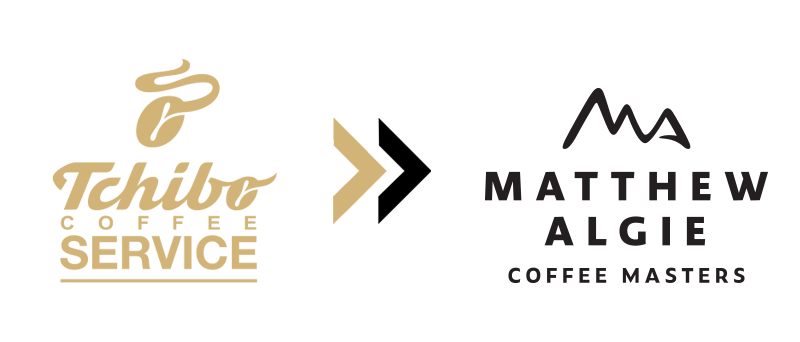Coffee’s Own Pandemic: Coffee Leaf Rust.
February 10th, 2022 | Sourcing & Sustainability
A decade ago, coffee was subject to its own pandemic – coffee leaf rust decimated coffee crops in Latin America causing an estimated $3 billion of damage and forcing many farmers to abandon coffee, perhaps forever for some. Leaf rust creates abnormalities on coffee plant leaves eventually causing leaves to fall off, often resulting in catastrophic loss of crop and long-term damage to the plants.
This was not the first-time coffee’s plague had visited, just around the time Matthew Algie was founded in 1864 a thriving coffee industry in Sri Lanka was decimated by the same fungus (Hemileia vastatrix) over a ten-year period; and colonial era Sri Lanka made the permanent switch to tea production.
Fast forward to the 1970’s and coffee leaf rust starts to appear in Latin America with various outbreaks surging and waning before culminating in catastrophic 5-year period last decade. Scientists speculate this was in part due to the climate crisis, changes in coffee varieties being used by farmers, a lack of shade trees and under investment in farm management largely because of low global prices – in essence a perfect storm.
We know that resilience comes from reflection, learning and preparation; during last decades rust crisis Matthew Algie partnered with San Juan del Oro co-operative in the south of Peru. Our joint project at that time explored opportunities to develop strategies to climate change adaption while increasing farm yield and coffee quality to drive up incomes all underpinned with a gender programme to support equality in the community. Then coffee leaf came to their remote valleys in Puno, initially this impacted at lower altitudes around 1,000 to 1,200 metres historically the limit for rust in that region but as the year went on rust spread up the mountain close to 2,000 metres where some of the tastiest, highest grown coffee in Latin America thrives in unique micro-climates. I stood with farmers on these farms at that time in Peru, looked at the fear and helplessness in their faces and like them wondered what the future was.
Mateo Quispe and the team at San Juan del Oro were worried and rightly so, yields dropped by more than 70% on average and incomes crashed in what was already a marginal coffee growing region. The results were immediate, many farming families exited sustainable organic coffee production and either migrated to the nearest city Juliaca for work (10 hours drive) or turned their farms over to the burgeoning illicit demand for coca leaf used for narcotic production. Coca leaf provided a 300% increase in income but necessitated the clearing of virgin forest and the unregulated use of agro-chemicals in the rainforest.
The co-op and Mateo doubled down on solutions for sustainable coffee and focused on rebuilding farms Our project realigned on recovery and looked to support replanting of more rust resistant varieties while creating the right conditions to prevent rust beneath the tree canopy. The results, over a three-year period participating farmers rebuilt their farms to provide yields that exceeded pre-leaf rust output by 20-30% and moved average cup quality scores up from SCA 80 to 84 points. Underpinning this and building more resilient farms for the future is the Fairtrade premium of $0.20 for every pound of green coffee sold under Fairtrade contracts is ringfenced for community projects. Fairtrade is much more than just a label; it is about creating the economic conditions through trade for empowering farming communities like San Juan del Oro to create a more resilient future for coffee and its farmers for next time coffee leaf rust visits their valley.
